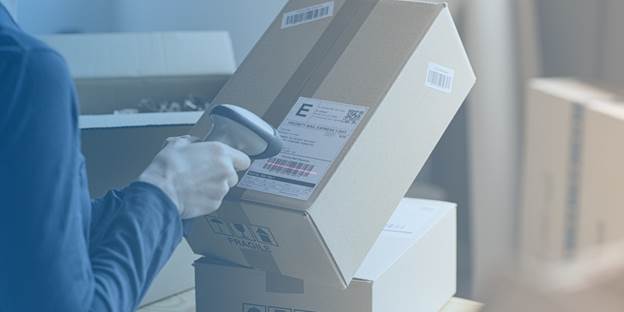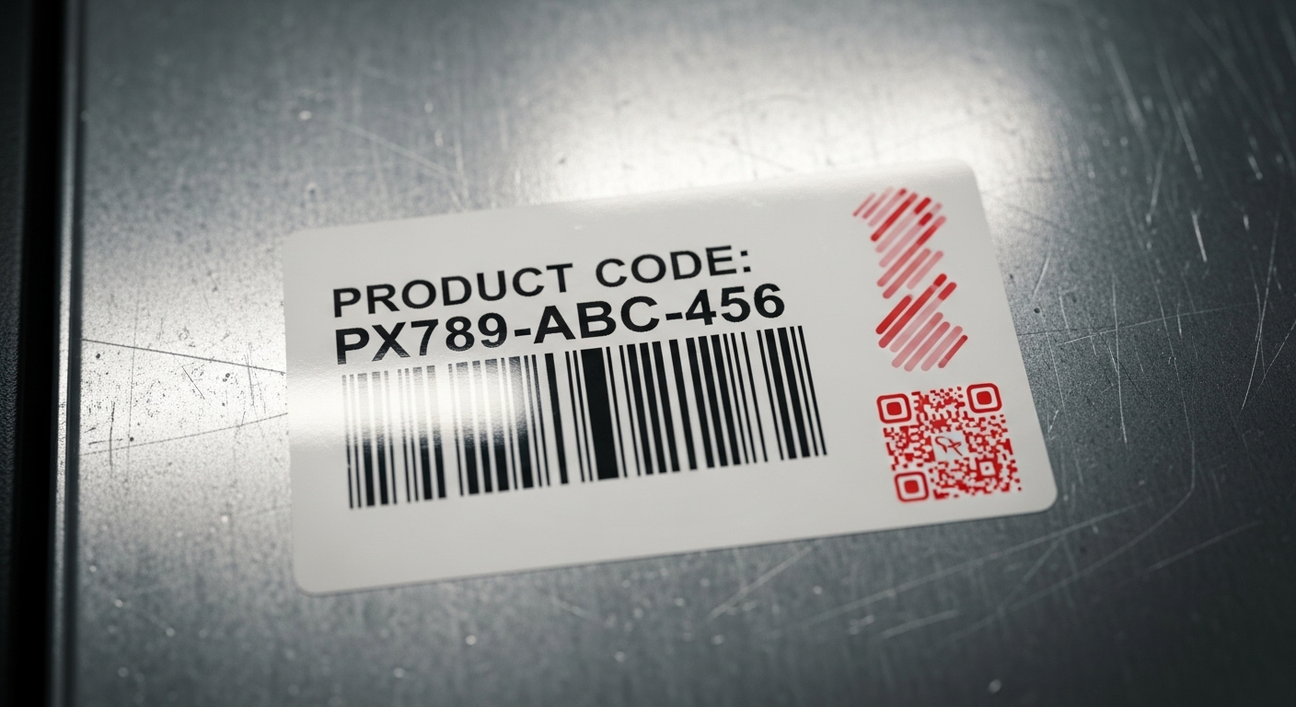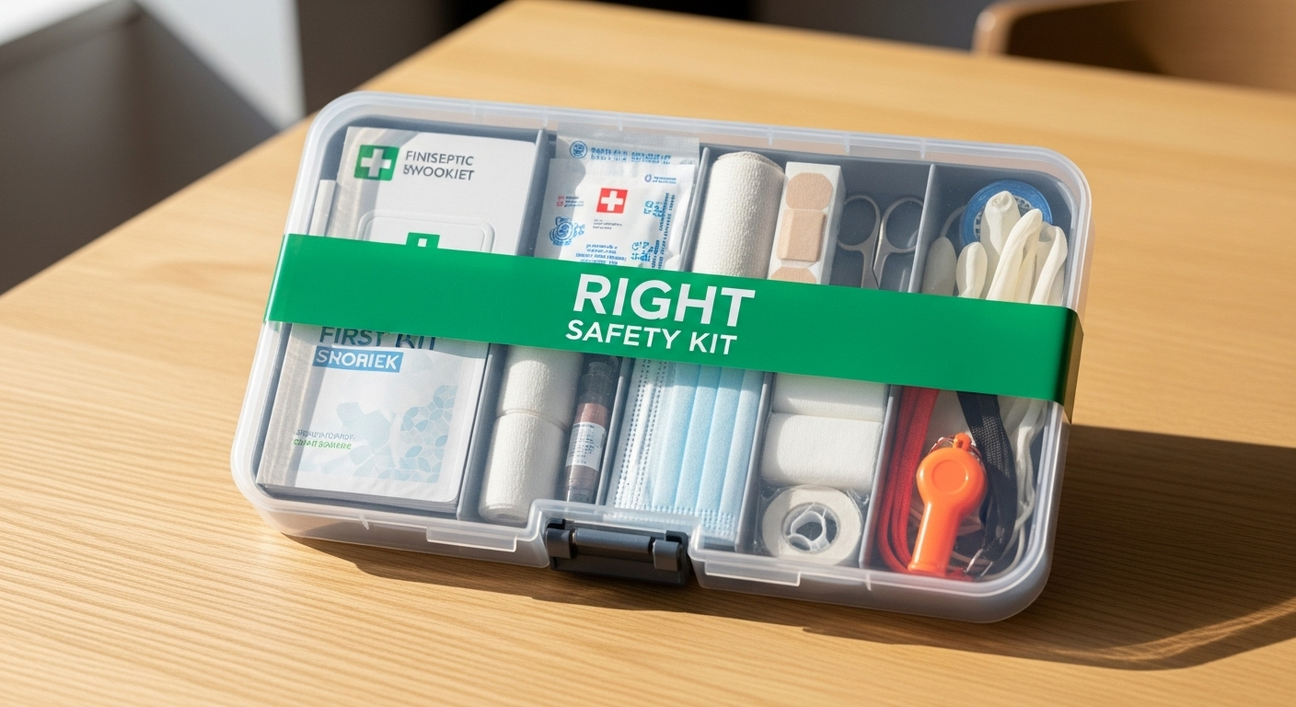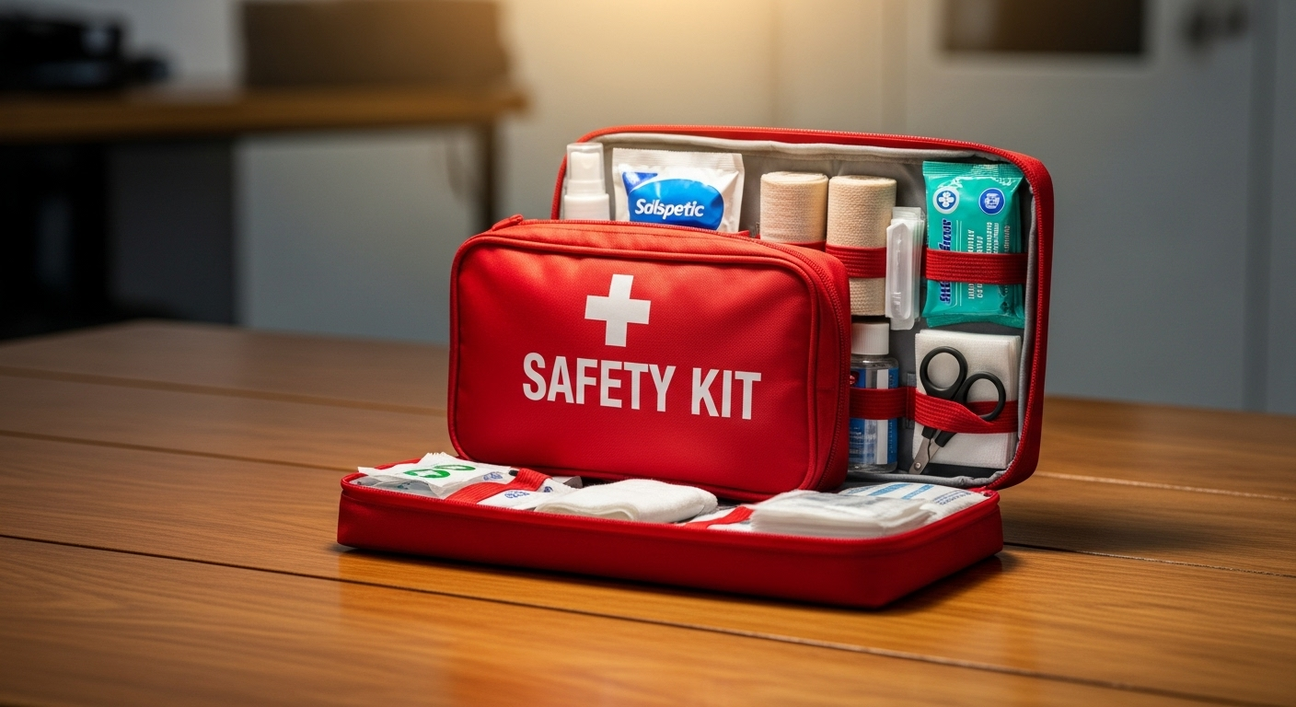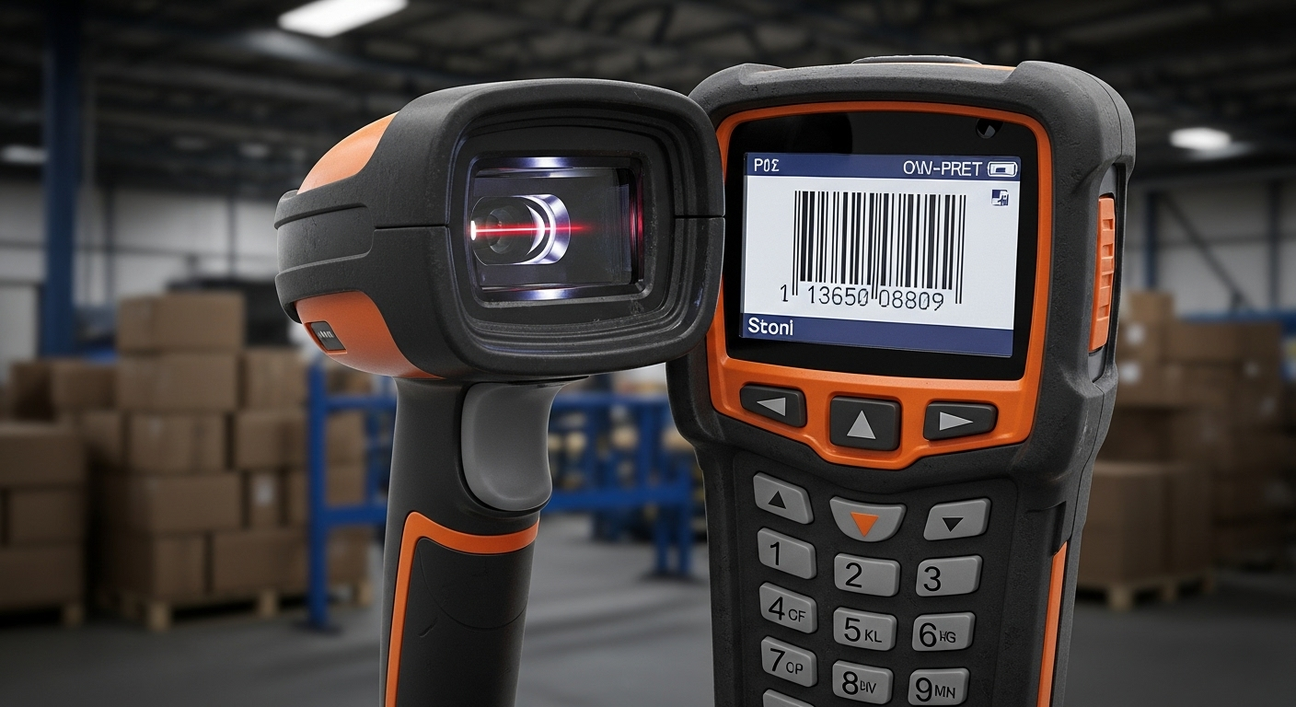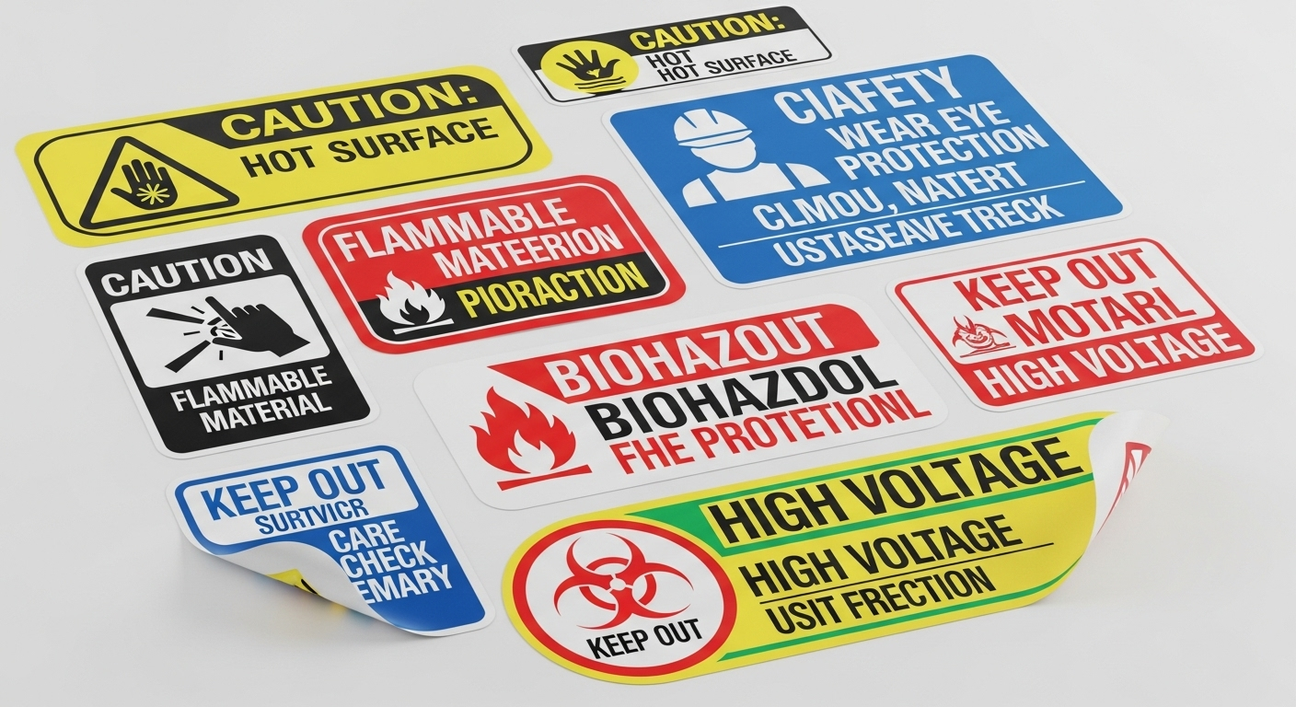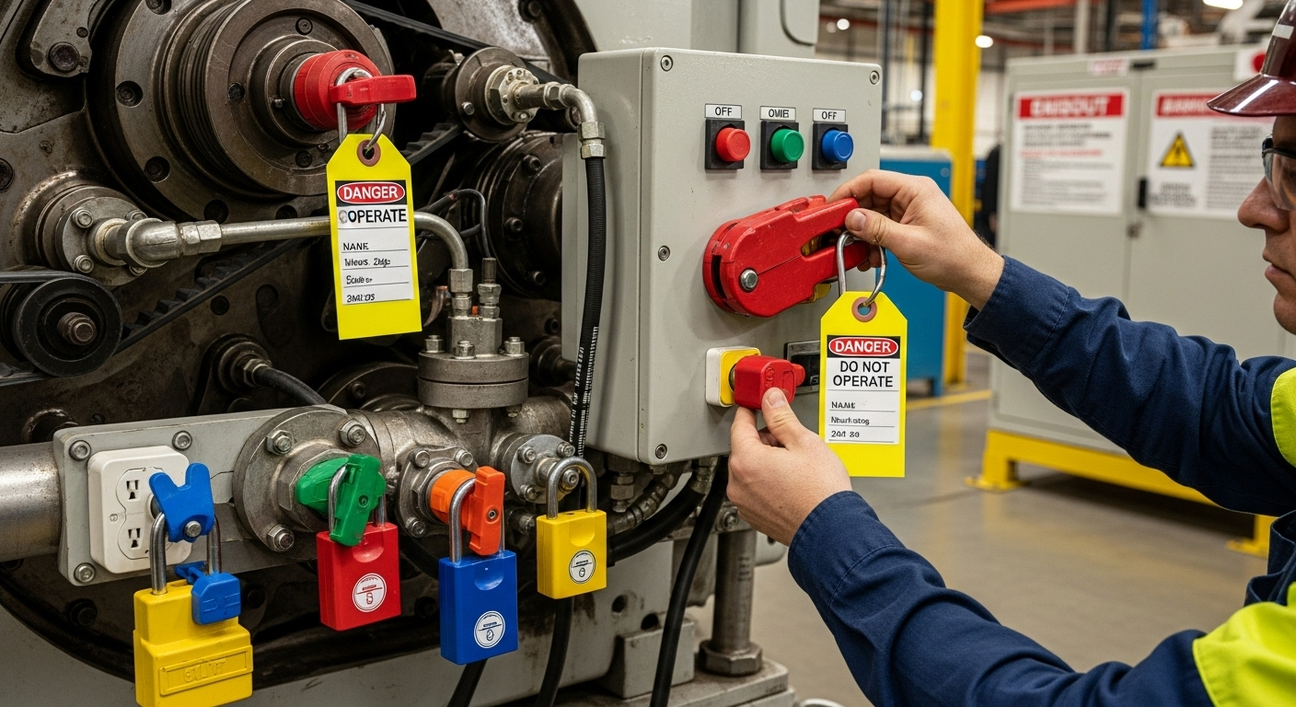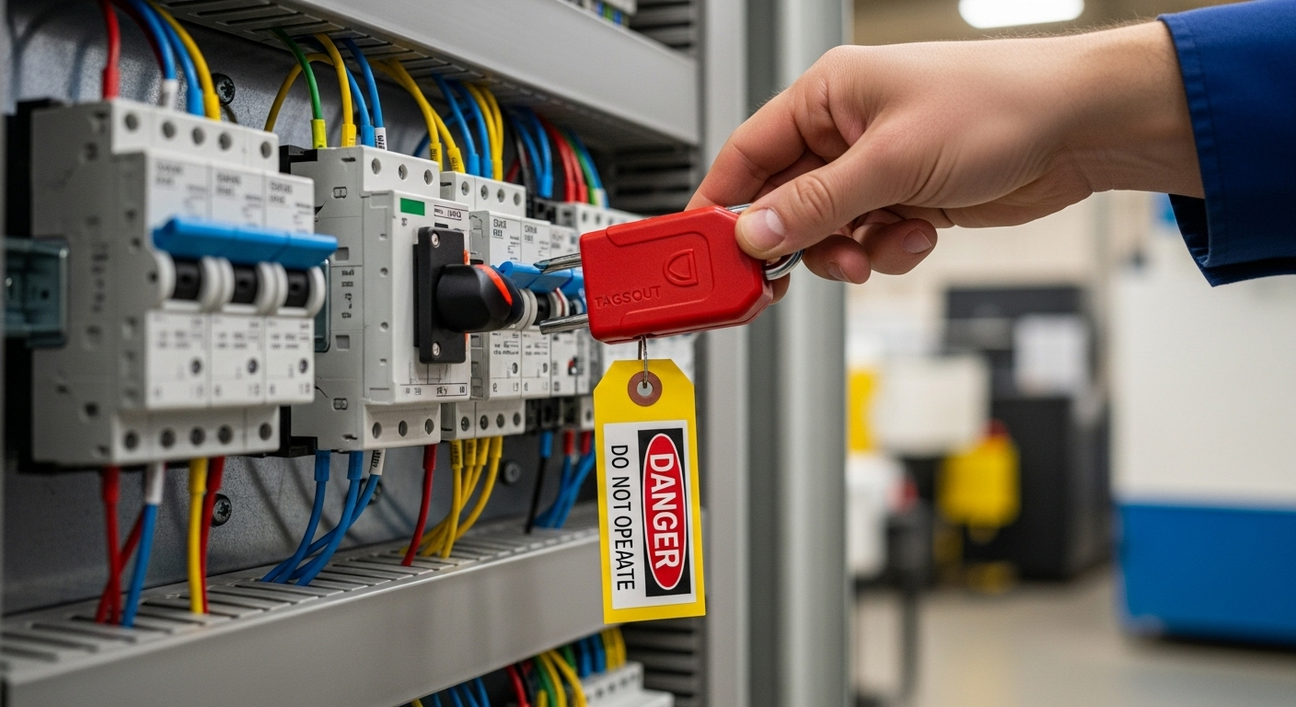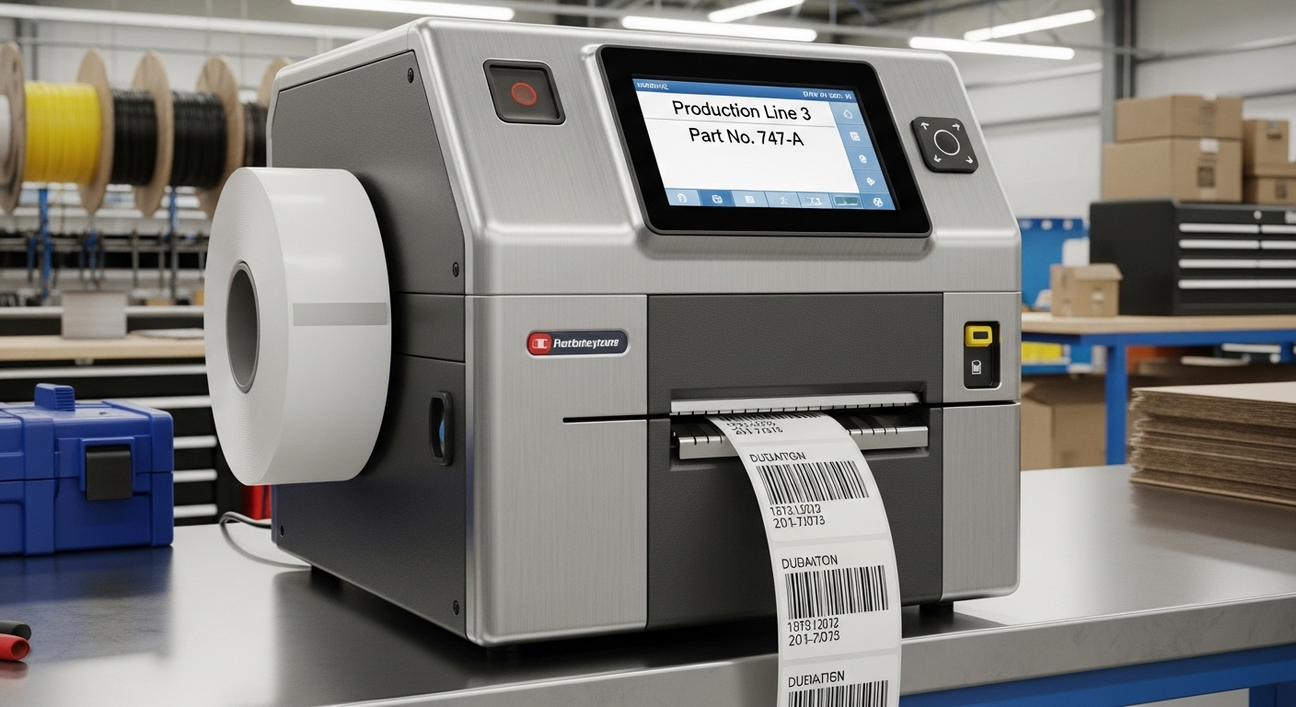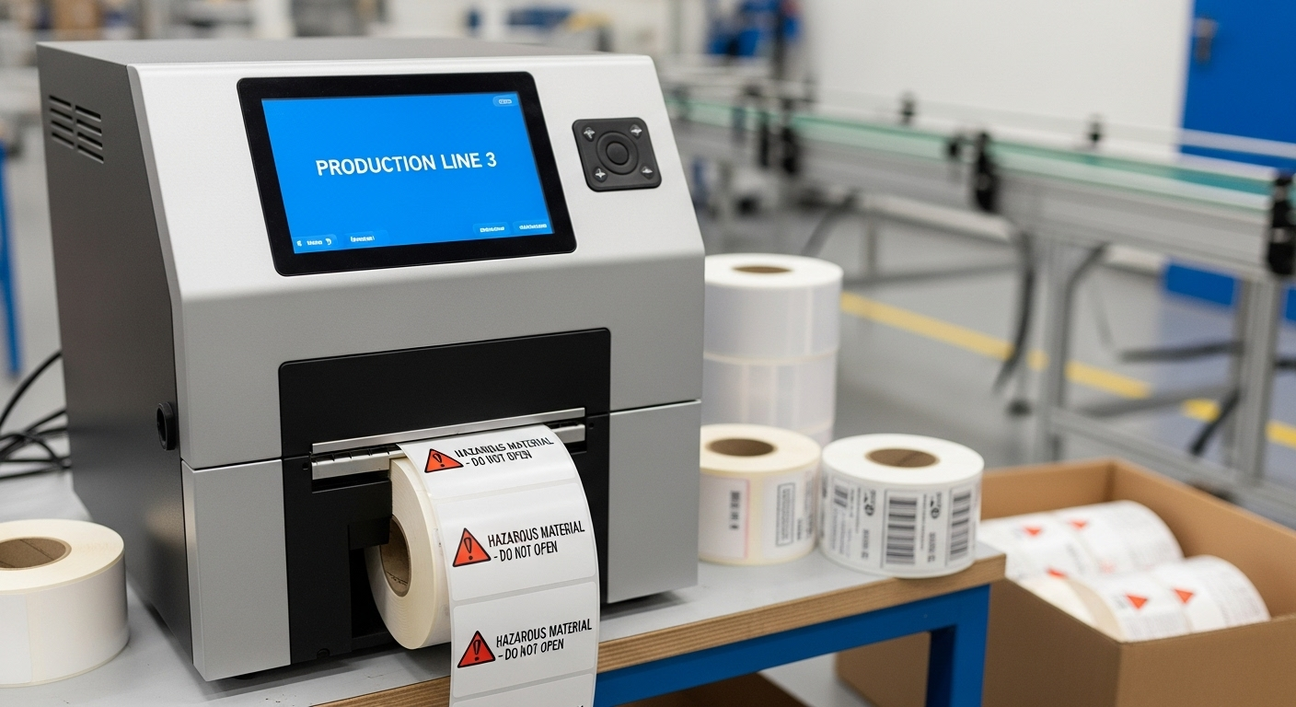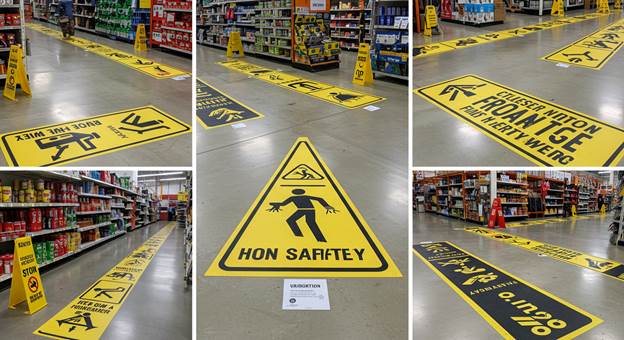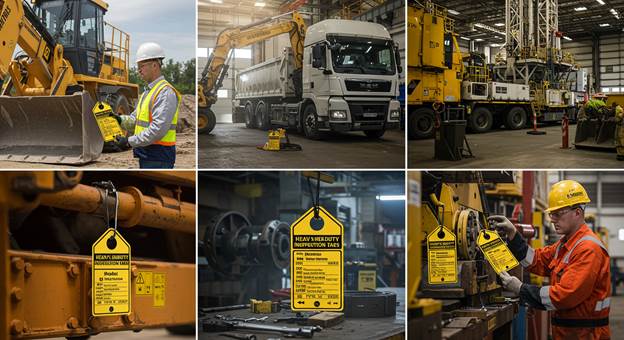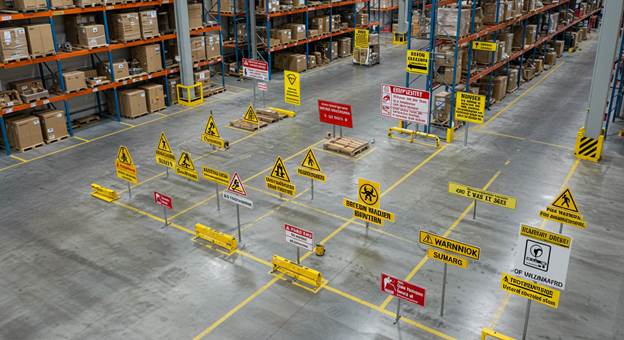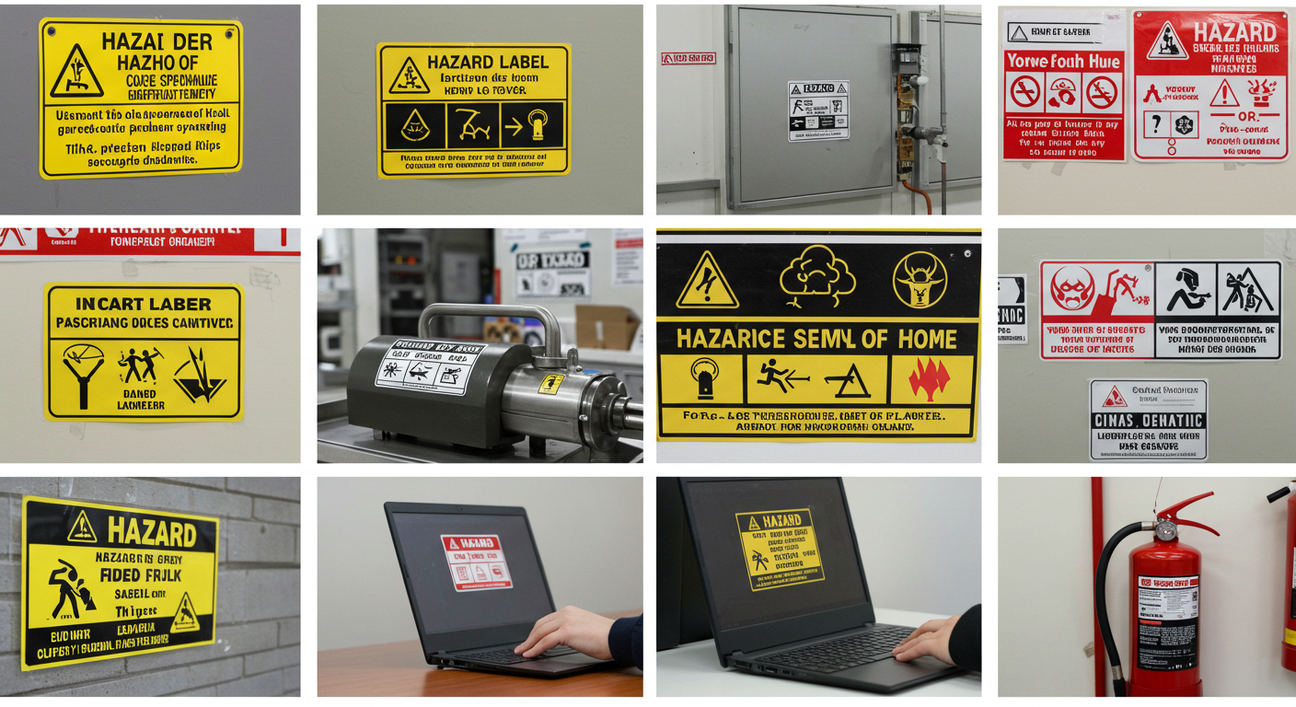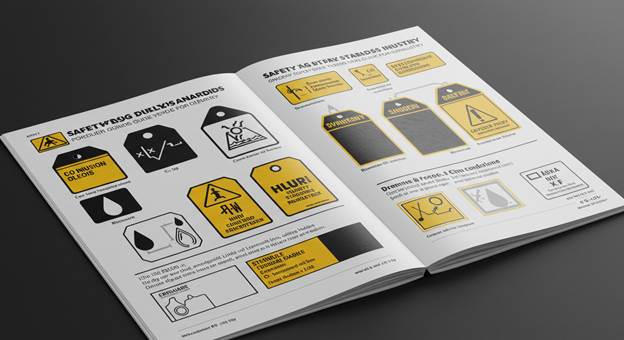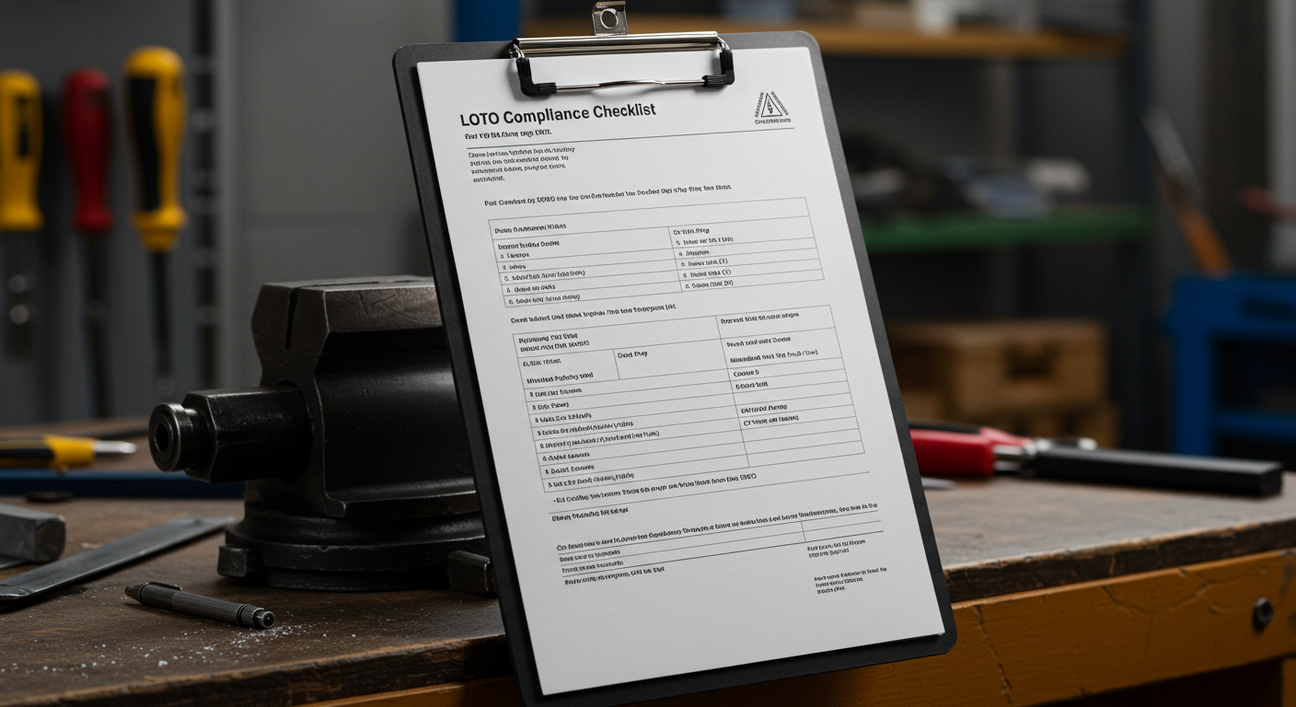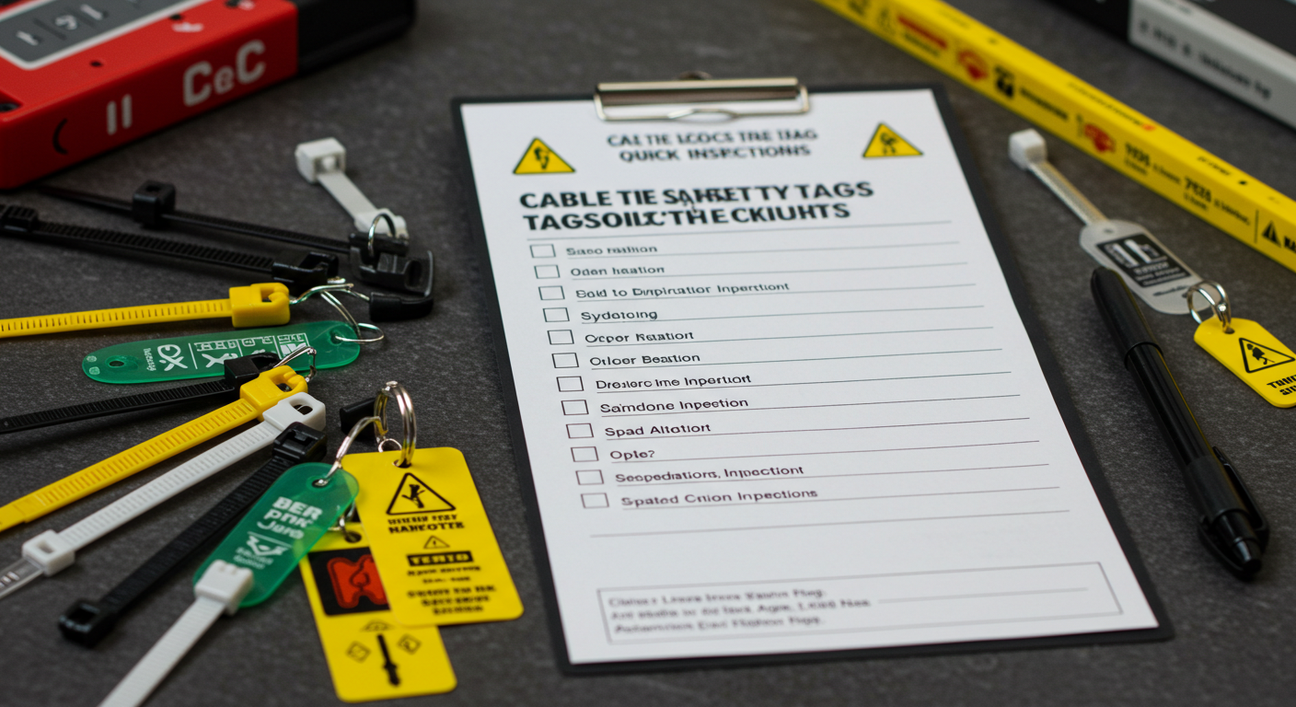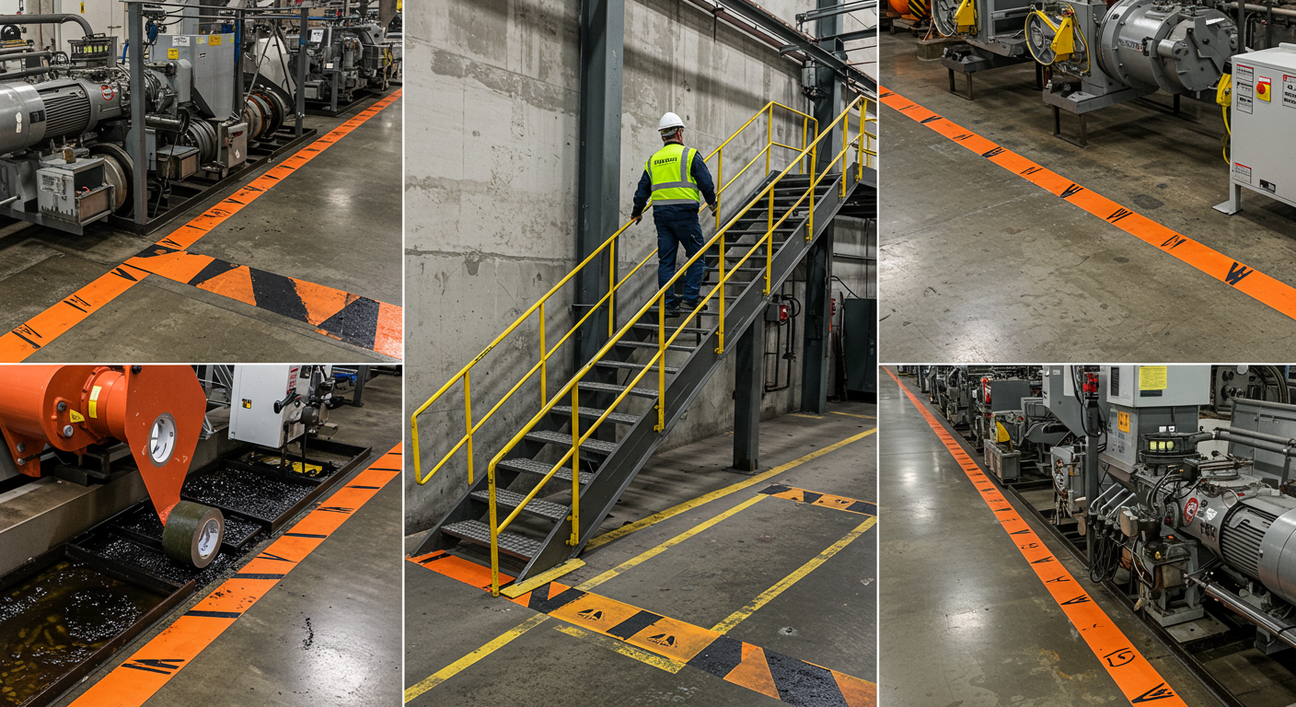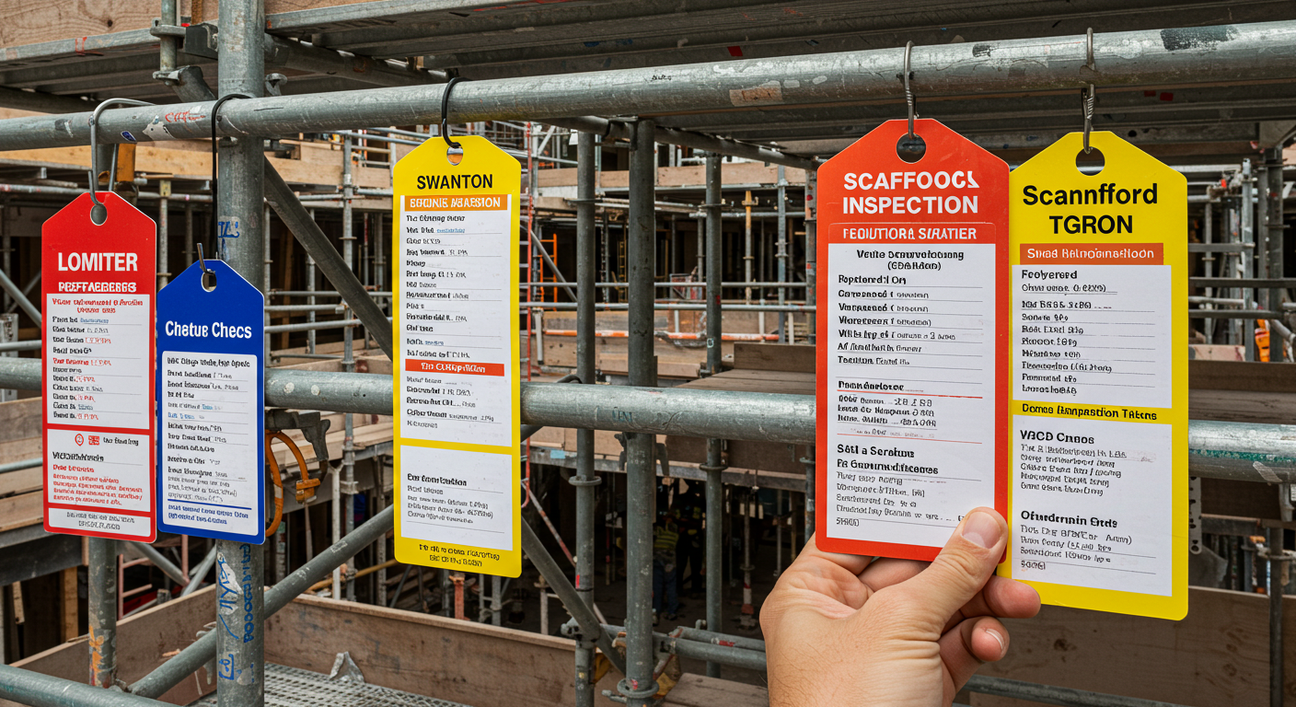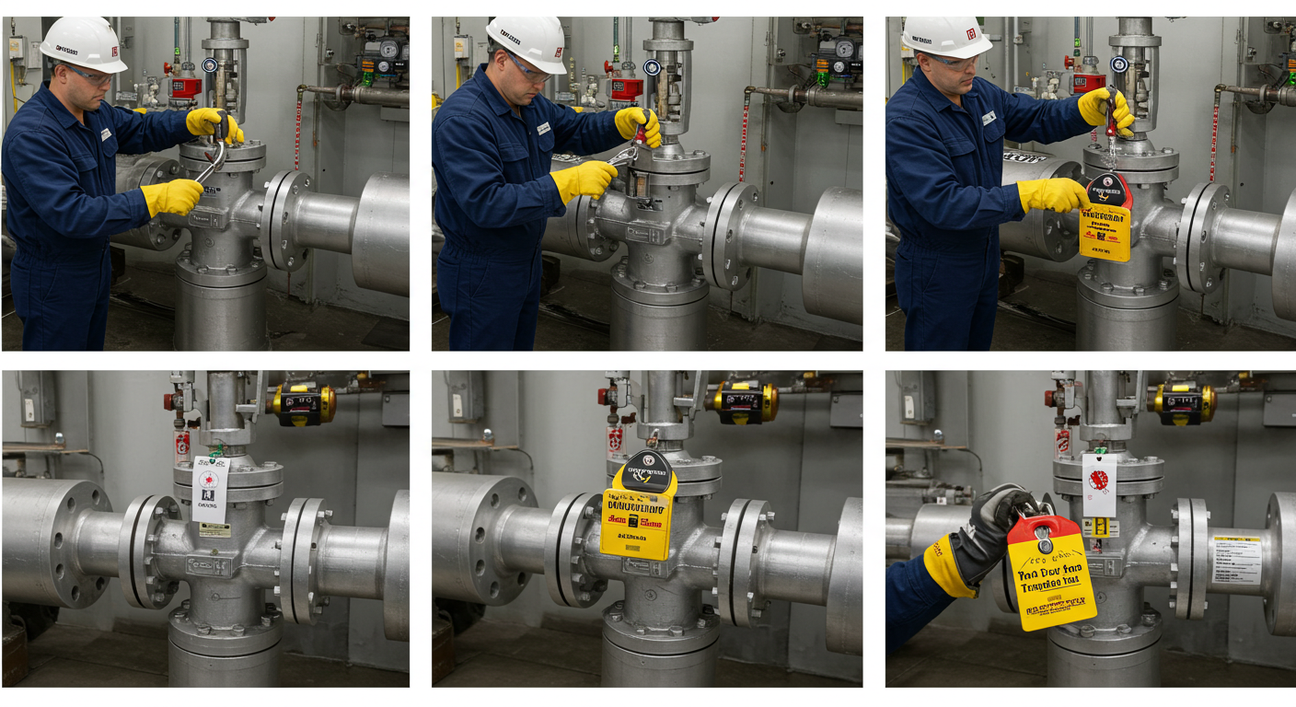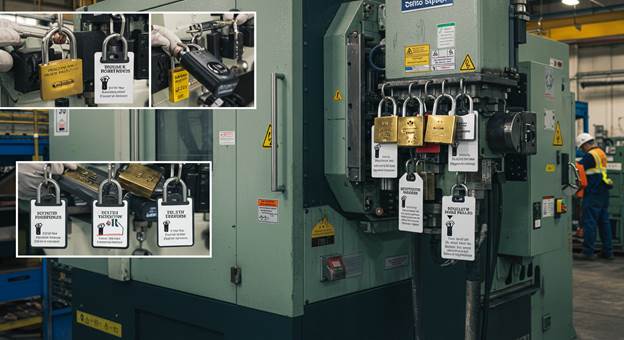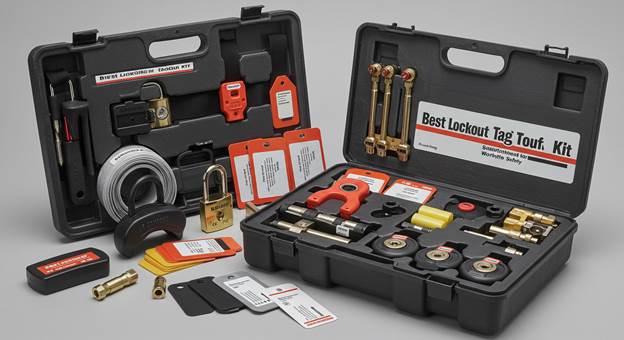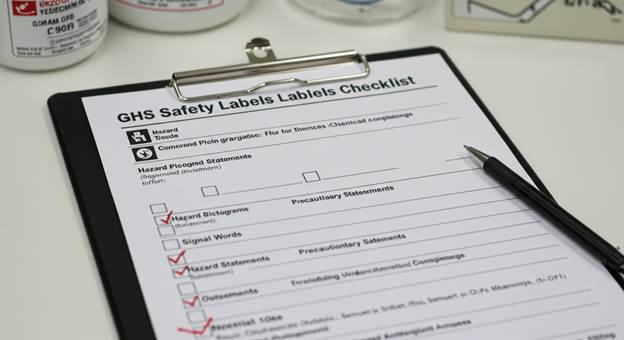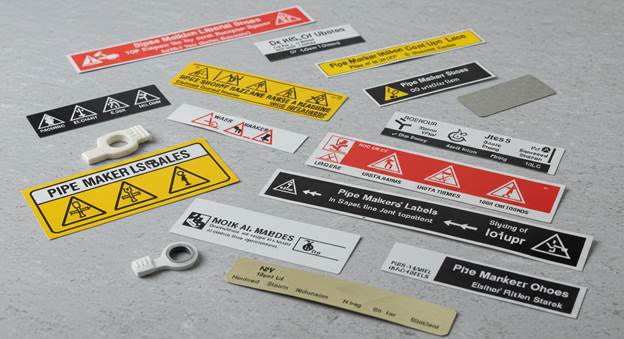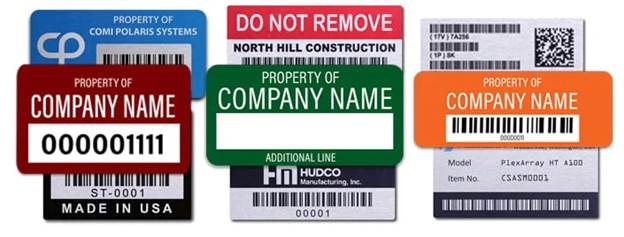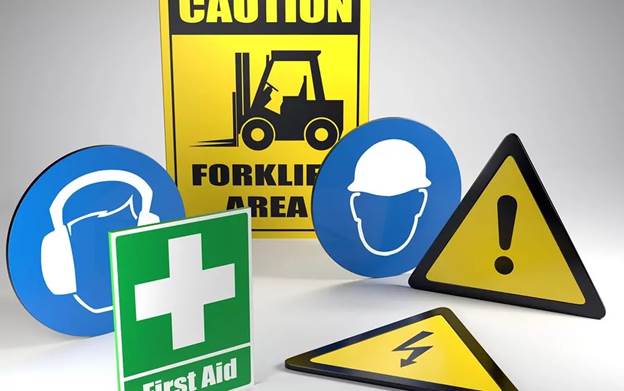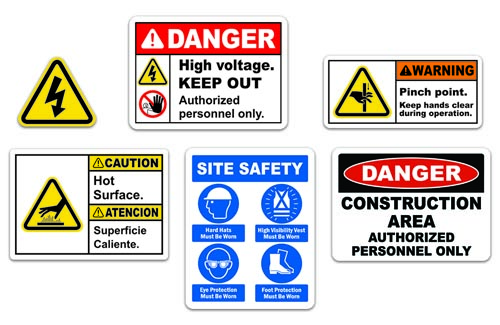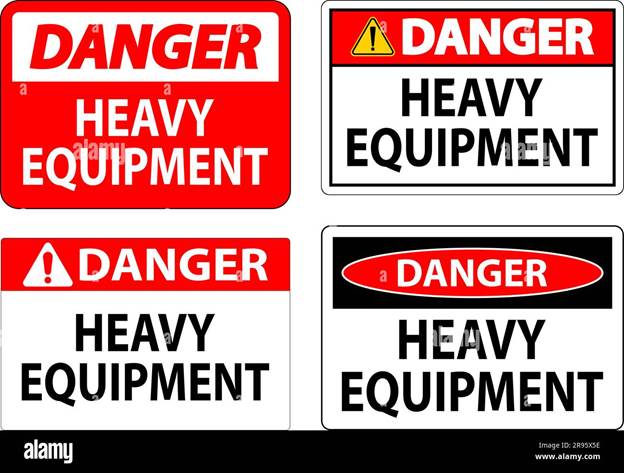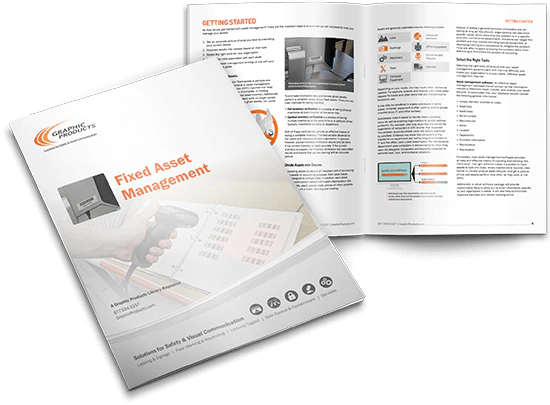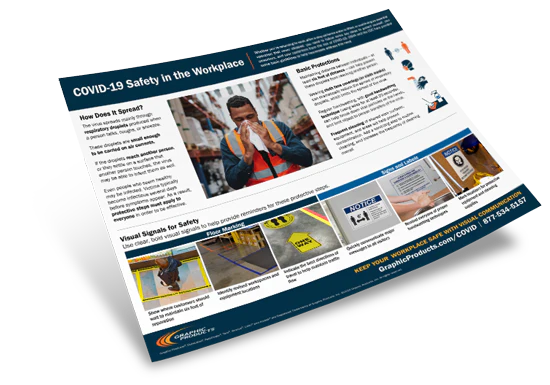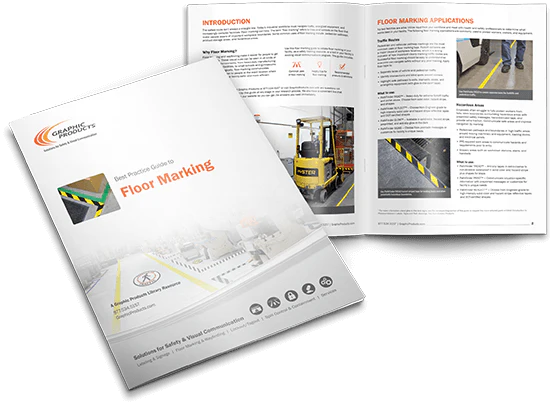Best Asset Labeling Tips for Businesses Now
Why Asset Labeling Matters in Modern Business
In today's fast-paced business environment, keeping track of assets is crucial for operational efficiency, compliance, and financial accuracy. Implementing effective asset labeling tips for businesses ensures that assets are easily identifiable, reducing the risk of loss and improving maintenance management.
Common Challenges in Business Asset Management
Businesses often face challenges such as misplaced equipment, unauthorized usage, and inefficient maintenance scheduling. Without a proper labeling system, tracking assets becomes cumbersome, leading to increased operational costs and compliance issues.
Best Practices for Asset Labeling
Implementing a robust asset labeling system involves several best practices:
- Unique Identification: Assign a unique asset tag number to each asset to prevent duplication and confusion.
-
Consistent Label Placement: Place labels in consistent locations on assets to facilitate easy scanning and identification.
- Use of Barcodes: Incorporate asset barcode labels to streamline tracking and inventory management.
-
Regular Audits: Conduct periodic audits to ensure the accuracy and integrity of asset records
Choosing the Right Labeling Material
Selecting the appropriate labeling material is vital for durability and readability. Factors to consider include:
-
Environmental Conditions: For assets exposed to harsh environments, use weather-resistant materials.
-
Surface Type: Ensure the label adhesive is compatible with the asset's surface material.
-
Security Features: For high-value assets, consider tamper-evident labels to deter theft and unauthorized access.
Digital Tracking Meets Physical Tagging
Integrating digital tracking systems with physical asset tagging enhances asset management. By scanning asset barcode labels, businesses can:
-
Monitor asset location in real-time.
-
Schedule and track maintenance activities.
- Generate reports for compliance and auditing purposes.
Compliance and Safety Considerations
Adhering to industry regulations and safety standards is non-negotiable. Proper asset labeling ensures compliance with:
-
Financial Reporting Standards: Accurate asset records are essential for financial audits.
-
Safety Regulations: Clearly labeled assets help in identifying equipment that requires regular safety inspections.
-
Data Protection Laws: For IT assets, labeling aids in tracking devices that handle sensitive information.
Color-Coding and Categorization Tips
Implementing a color-coded labeling system can significantly improve asset categorization and retrieval. For example:
-
Red Labels: High-priority or critical assets.
-
Blue Labels: IT equipment.
-
Green Labels: Maintenance tools.
This visual differentiation aids in quick identification and reduces errors
How Often Should You Audit Asset Tags?
Regular audits are essential to maintain the accuracy of asset records. It's recommended to:
-
Conduct Annual Audits: Verify the existence and condition of assets.
-
Perform Spot Checks: Randomly inspect assets throughout the year to catch discrepancies early.
-
Update Records Promptly: Ensure that any changes in asset status are reflected in the tracking system immediately.
Custom vs. Standard Labels: What Works Best
Choosing between custom and standard labels depends on business needs:
-
Custom Labels: Ideal for branding and including specific information like logos or department codes.
-
Standard Labels: Cost-effective and suitable for general asset tracking purposes.
Evaluate factors such as budget, asset types, and tracking requirements to make an informed decision.
How Archford Supports Asset Labeling for Businesses
Archford offers comprehensive solutions for Asset Labeling for Businesses. Their products are designed to withstand various environmental conditions and are customizable to meet specific business needs. By leveraging Archford's expertise, businesses can enhance their asset management practices and ensure compliance with industry standards.
5 Expert Tips to Improve Your Labeling System
-
Standardize Label Formats: Maintain consistency in label design across all assets.
-
Train Employees: Educate staff on the importance of asset labeling and proper handling procedures.
-
Utilize Technology: Incorporate asset management software to automate tracking and reporting.
-
Implement Access Controls: Restrict access to high-value assets through secure labeling and tracking.
-
Review and Update Policies: Regularly assess and refine asset labeling policies to adapt to changing business needs.
Explore the Ultimate Guide to Tagging Tips & Ideas
|
Tags |
Tips or Ideas |
|
Tips for ensuring durability and visibility in harsh environments. |
|
|
Creative and clear tag designs that enhance safety awareness. |
|
|
Innovative tagging methods for better asset tracking and management. |
|
|
Best practices for implementing a clear and effective workplace tagging system. |
|
|
Practical ideas for industrial settings, focusing on visibility and clarity. |
|
|
Ideas for scaffold tagging that ensure safety and compliance. |
|
|
How to create inspection tags that meet safety standards and improve compliance. |
|
|
Creative ideas for safety tagging to reduce hazards and improve site management. |
|
|
Key tips for effective electrical isolation and minimizing electrical hazards. |
|
|
Best practices for asset labeling to enhance inventory management and tracking. |
|
|
Innovative sticker ideas for easy identification and durability of equipment. |
|
|
Essential tips for rigging safety, including correct tagging techniques. |
Final Thoughts
Effective asset labeling is a cornerstone of efficient business operations. By implementing the strategies outlined above and leveraging solutions from trusted providers like Archford, businesses can achieve greater control over their assets, ensure compliance, and enhance overall productivity.
FAQs About Asset Labeling
Q1: What is the purpose of asset labeling?
A1: Asset labeling helps in tracking, managing, and maintaining assets efficiently, reducing loss and improving accountability.
Q2: How do asset barcode labels work?
A2: Asset barcode labels contain unique identifiers that, when scanned, provide information about the asset's details and history.
Q3: What information should be included on an asset tag?
A3: An asset tag should include the asset tag number, company name, and a barcode or QR code for tracking.
Q4: How often should asset labels be updated?
A4: Asset labels should be reviewed and updated during regular audits or when there are changes in asset status.
Q5: Can asset labeling help with compliance?
A5: Yes, proper asset labeling ensures accurate records, aiding in compliance with financial and safety regulations.

